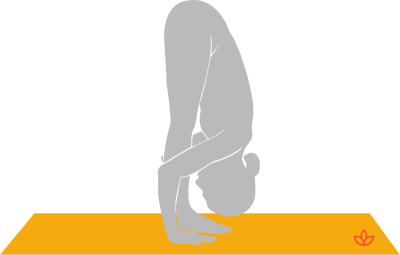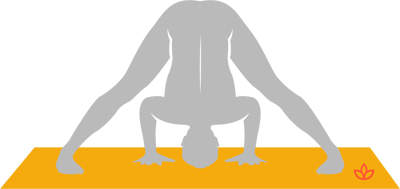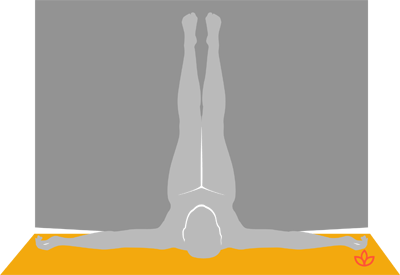When I began yoga years ago, I was seeking an activity that allowed me to challenge my body in new ways and maintain my flexibility. As someone who danced competitively in my youth and early adulthood, I was very used to expressing myself through choreographed body movements. I gravitated toward yoga as it seemed like a natural extension of this, not to mention having several other benefits for the mind and soul.
During my first year practicing, I pushed my limits through the various asanas—working up a sweat and sometimes pushing my body to the point where my muscles ached the next day. It took me awhile to realize this wasn’t the healthiest way to approach my practice. It’s a misconception that we have to go beyond our limits to really benefit from yoga. While there’s nothing wrong with a challenge to deepen our practice physically, there are also many benefits from a more passive, gentle practice.
One day I stepped outside my comfort zone and attended a Restorative yoga class. Although it was absent from all the flows I was used to, I realized that the class forced me to slow down, take it all in and listen to my body more carefully.
If you’re looking for some restful asanas or ones to help recover from an injury, here are five that have really helped me.
Uttanasana (Standing Forward Bend)
From tadasana (mountain pose), the foundation of most yoga poses, walk your feet to hip-width distance and maintain a slight bend in the knees. Bend forward from the hips, pressing the chest to the thighs. Lower your head to the floor. Grasp your elbows with opposite hands. Exhale and lengthen down through the top of your head. Sway back and forth while the feet stay firmly planted onto the mat. Stay here for two minutes or as long as needed to feel relaxed. Release your arms and slowly rise back to tadasana.

Prasarita Padottanasana (Wide-Legged Forward Bend)
From Virabhadrasana II, heel-toe your feet so they’re almost at the length of your mat. Square your hips and upper body to the side. Inhale while lifting your chest. On the exhale, fold forward from the hips while maintaining a micro-bend in the knees (hyper-extending the legs makes us more prone to injury). Maintain a flat back. Press the fingertips into the floor or take opposite hands to elbows. Feel the stretch through your hamstrings. To come up, plant your feet into the mat and slowly rise.

Supta Baddha Konasana (Reclining Cobbler’s Pose)
Sitting with crossed legs, bend your knees and place the soles of your feet together. Lie back onto your mat or onto a bolster, so that your head is above your heart. Open the knees, splaying them out to form a diamond shape. Place the arms comfortably on either side of you on the mat. Or for a more relaxing experience, bring the left hand onto the heart and the right hand onto the belly. Feel the breath and observe how it flows in and out of the body. Stay here for two minutes or as long as needed.

Viparita Karani (Legs-Up-the-Wall Pose)
You can do this asana with or without props to help relax the body, especially before sleeping. Sit close to a wall and place a folded blanket behind you. Gradually lie back onto the blanket while moving your buttocks as close to the wall as you can. Extend your legs upward so they’re flush with the wall and release your arms to your sides.
I sometimes modify this asana by flexing my feet and placing bean bags on top to help with balance. This asana is very soothing and allows the blood to come back to the heart. Hold for at least five minutes.

Savasana (Corpse Pose)
As yogis, we know that savasana is the perfect way to close any practice. It just so happens to prepare our body for rest, too. Lying on the mat, outstretch the arms to either side with palms facing up. Spread the legs to the width of your mat. Focus attention on the body and the breath, letting go of all your stresses. By bringing awareness inward, you can distract the mind from what’s causing stress or restlessness.

Your ‘Ahhhh’ Moment
While each yoga practice has its benefits, a slower, more restorative practice that incorporates restful asanas like the ones above, can be particularly helpful to release tension and chronic stress that plague our lives. They can also help you calm down and prepare the body for sleep.
It took me awhile to embrace a slower practice because it wasn’t something that I was used to, but I now find that my body craves it from time to time. In this fast-paced world, be good to yourself. Embrace the quiet time that’s so nourishing for the mind, body and soul. Don’t forget to slow down, relax and just breathe.
During These Times of Stress and Uncertainty Your Doshas May Be Unbalanced.
To help you bring attention to your doshas and to identify what your predominant dosha is, we created the following quiz.
Try not to stress over every question, but simply answer based off your intuition. After all, you know yourself better than anyone else.